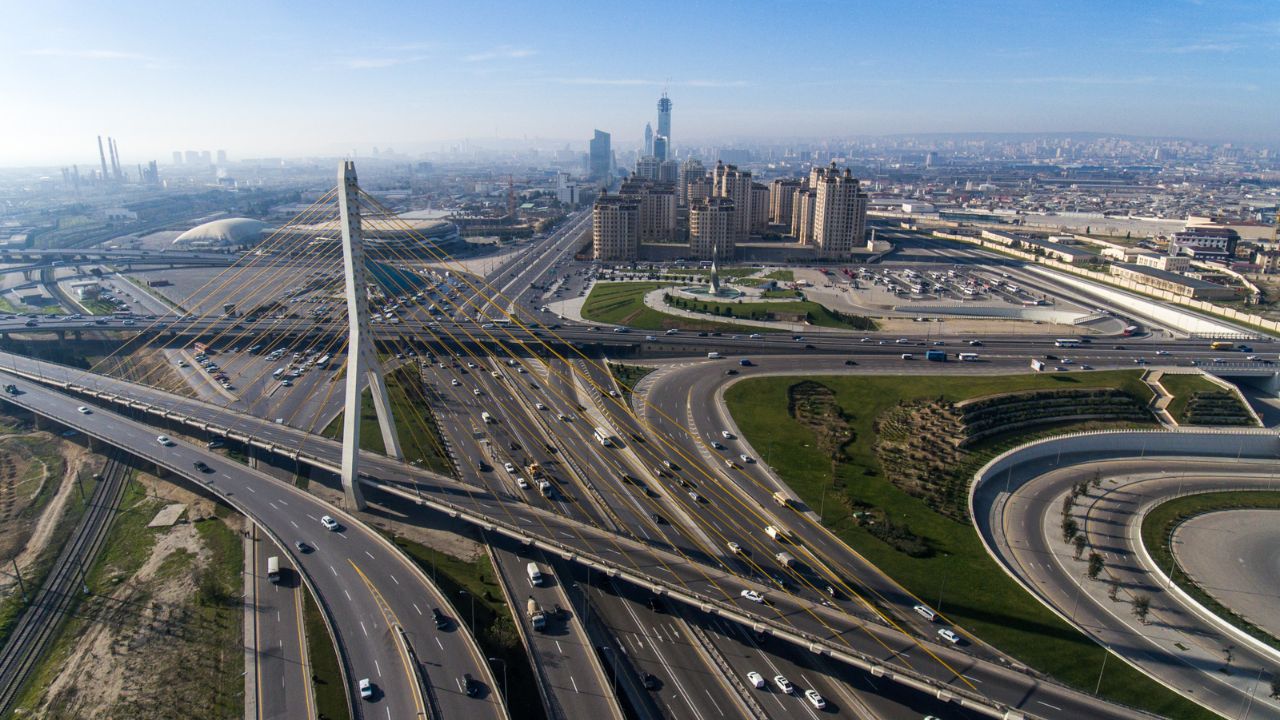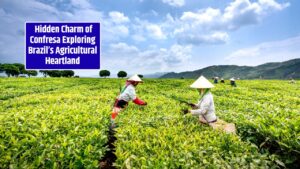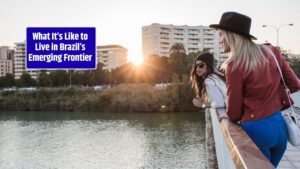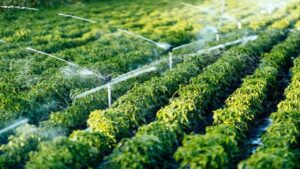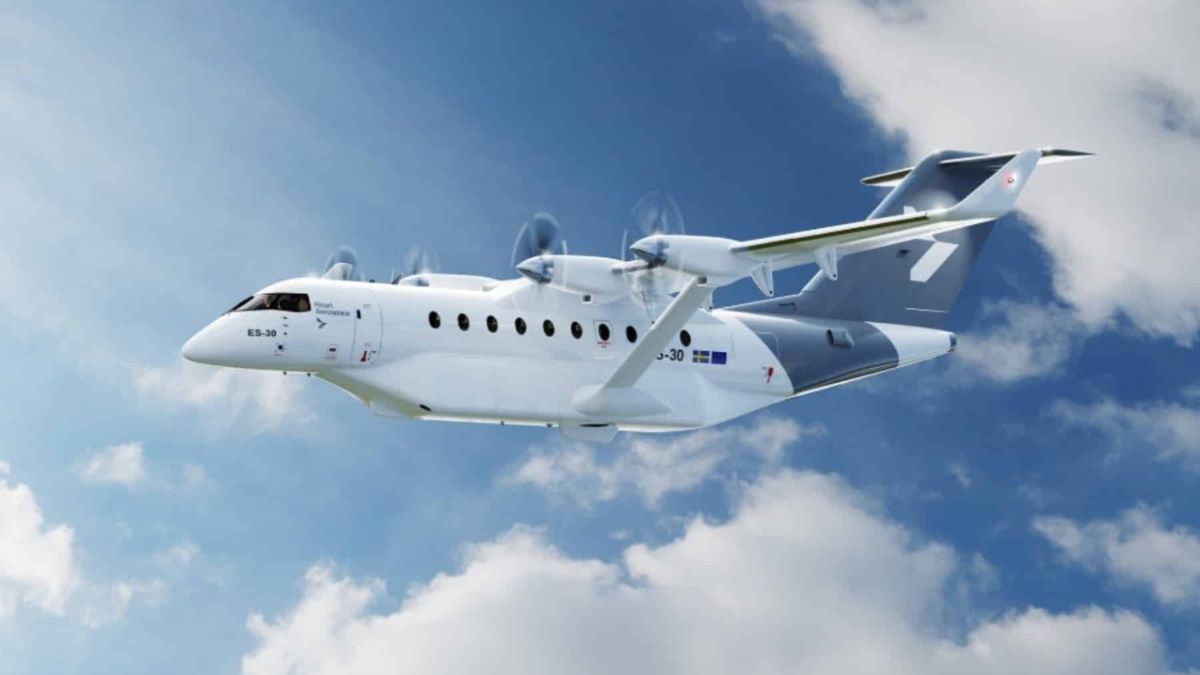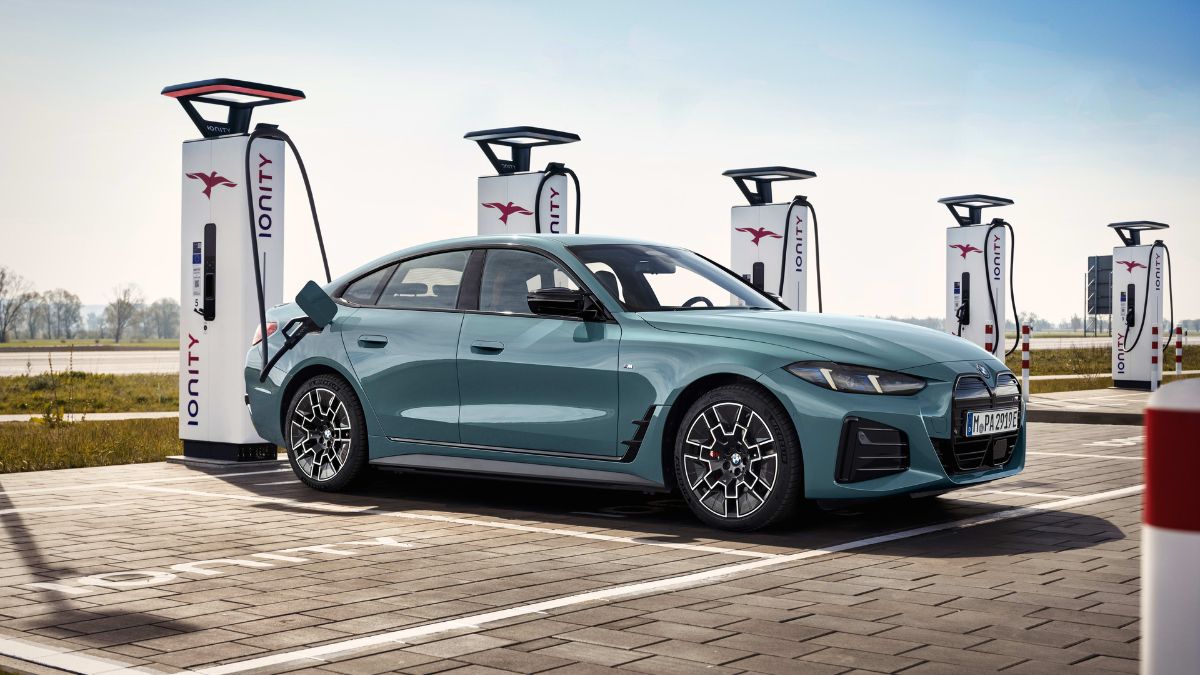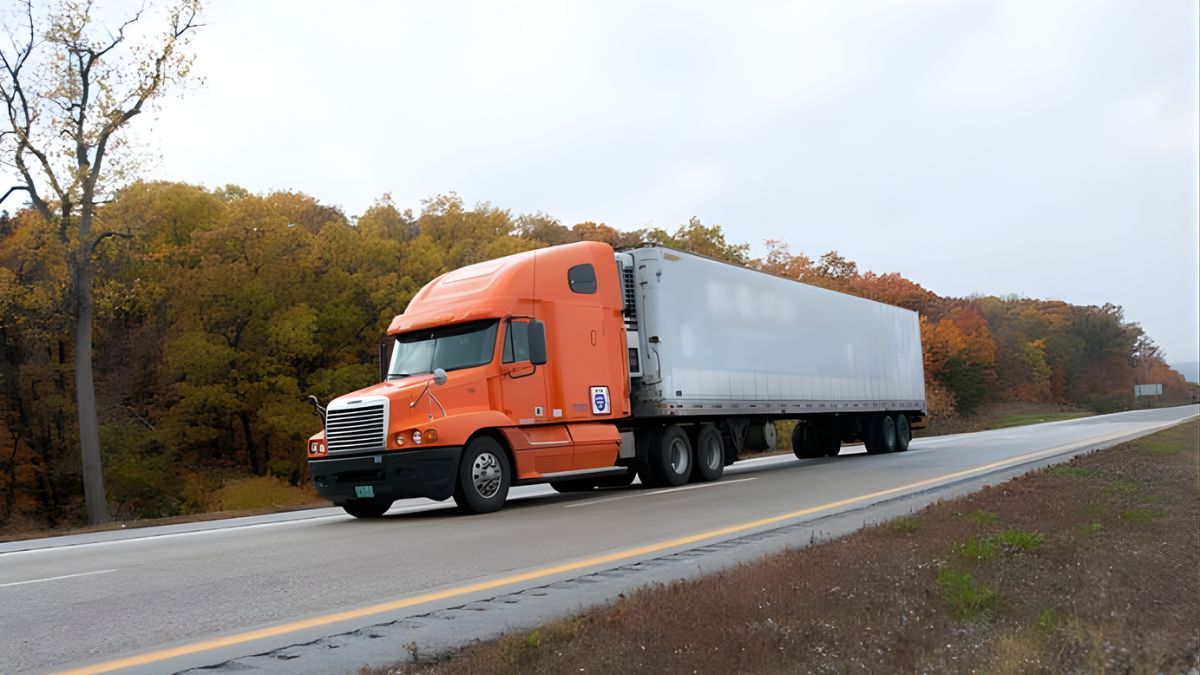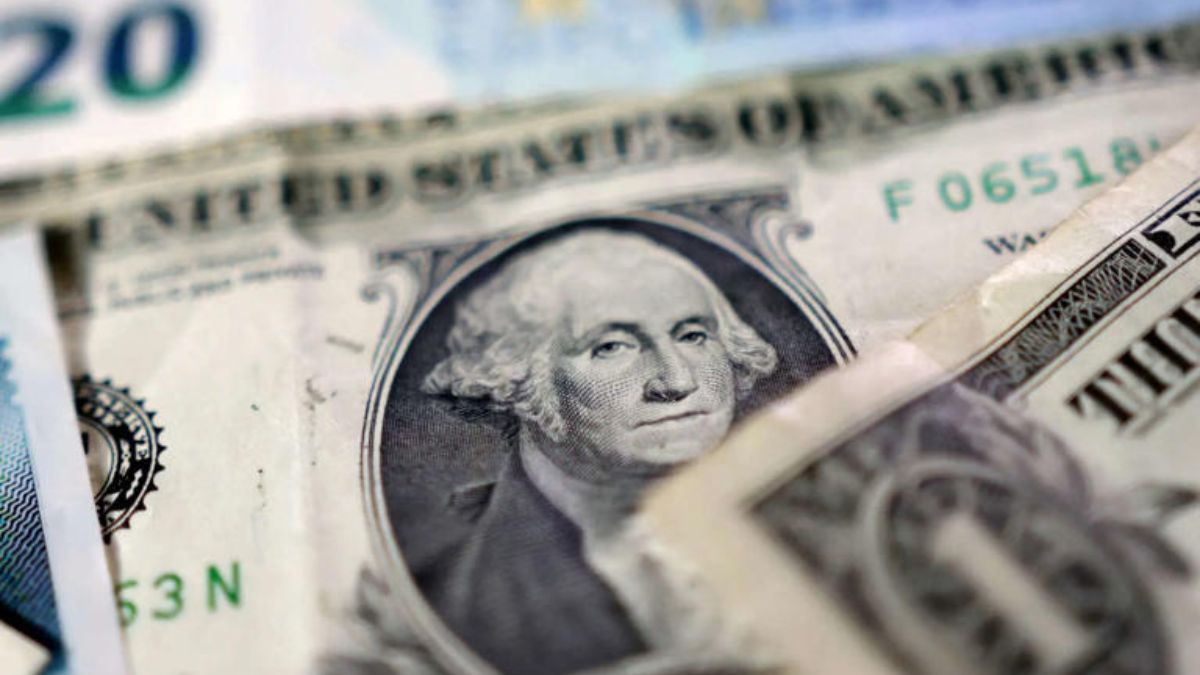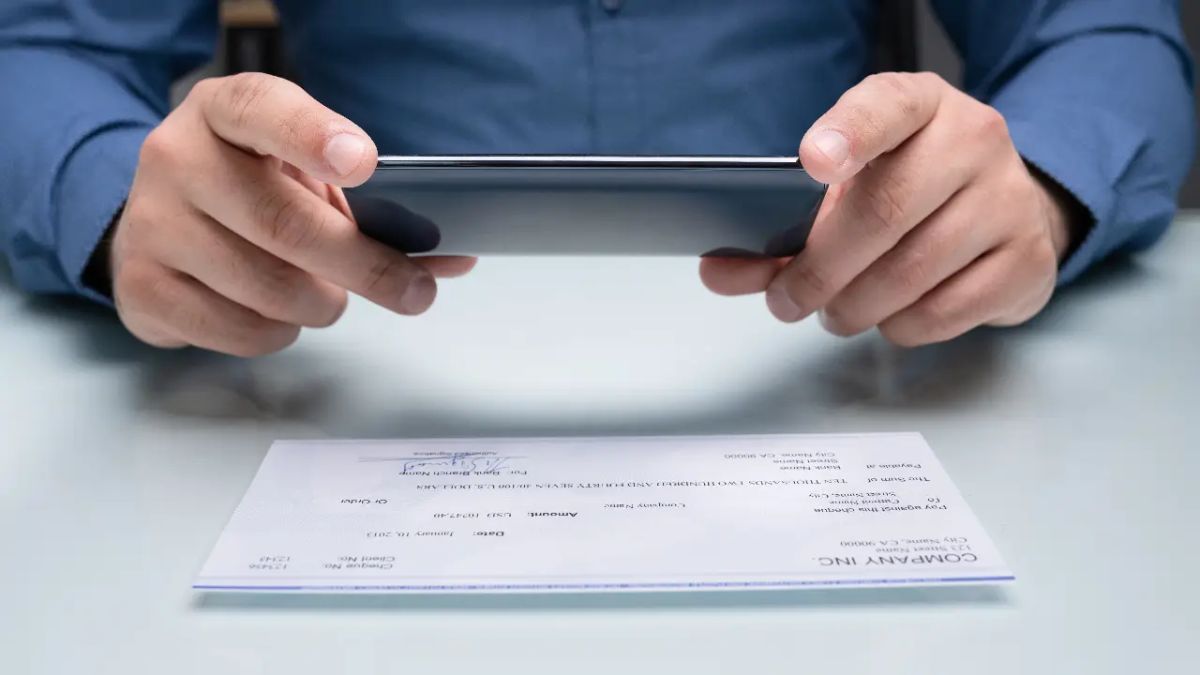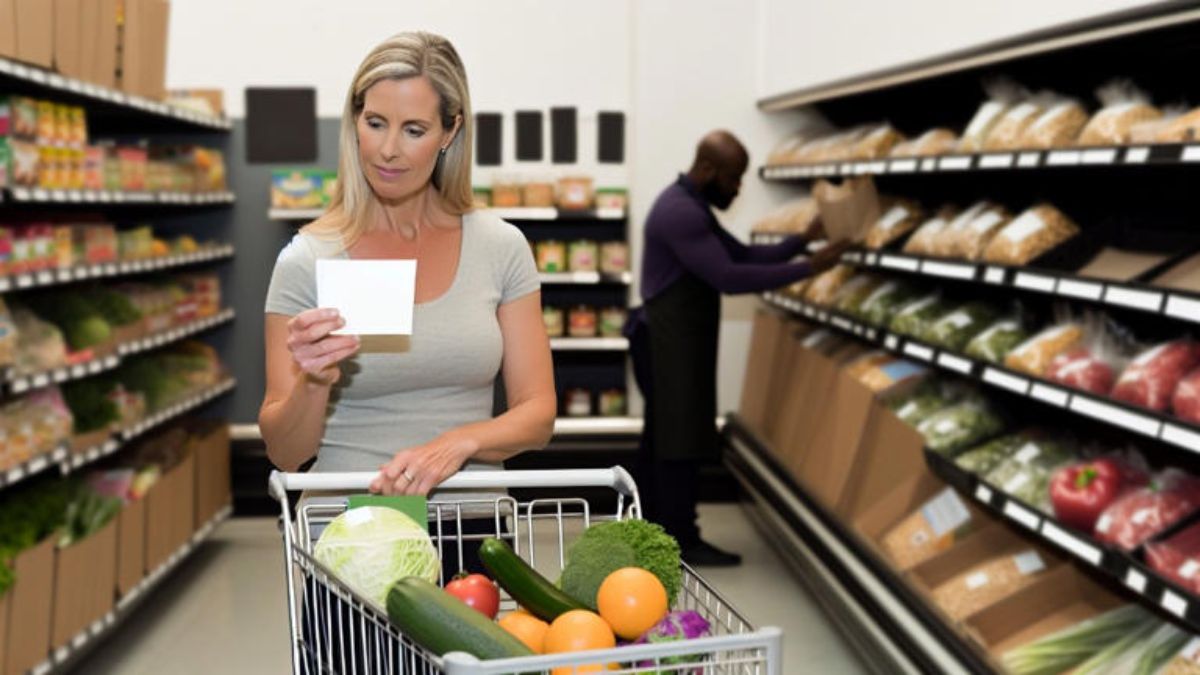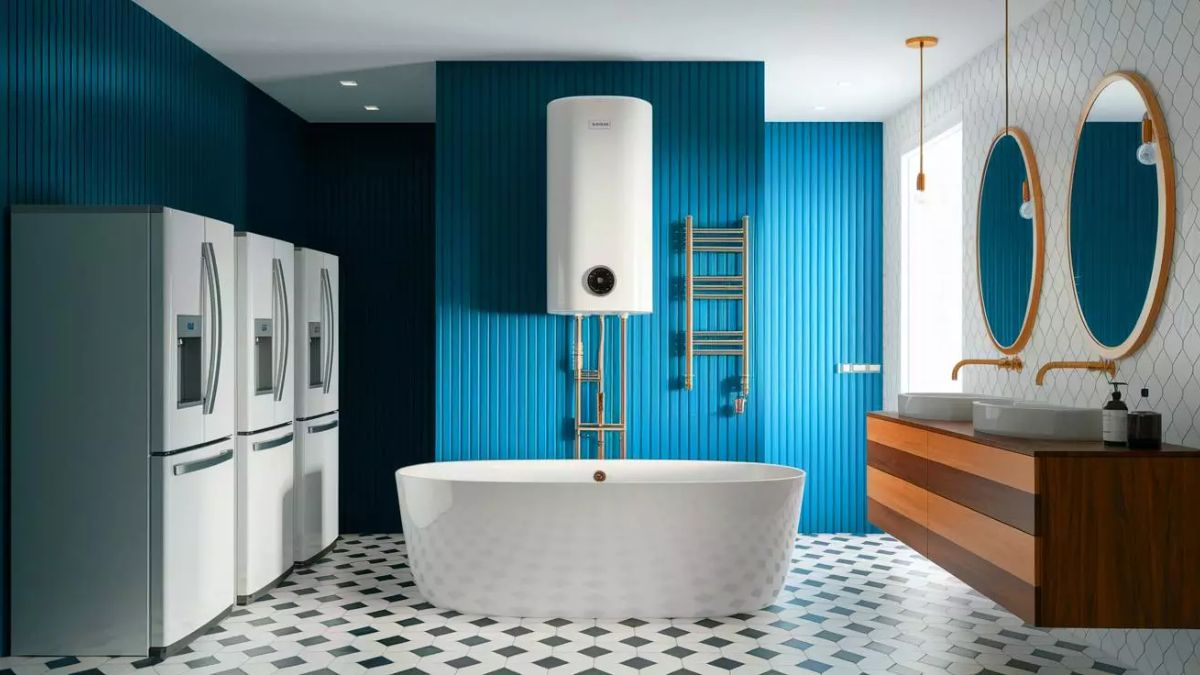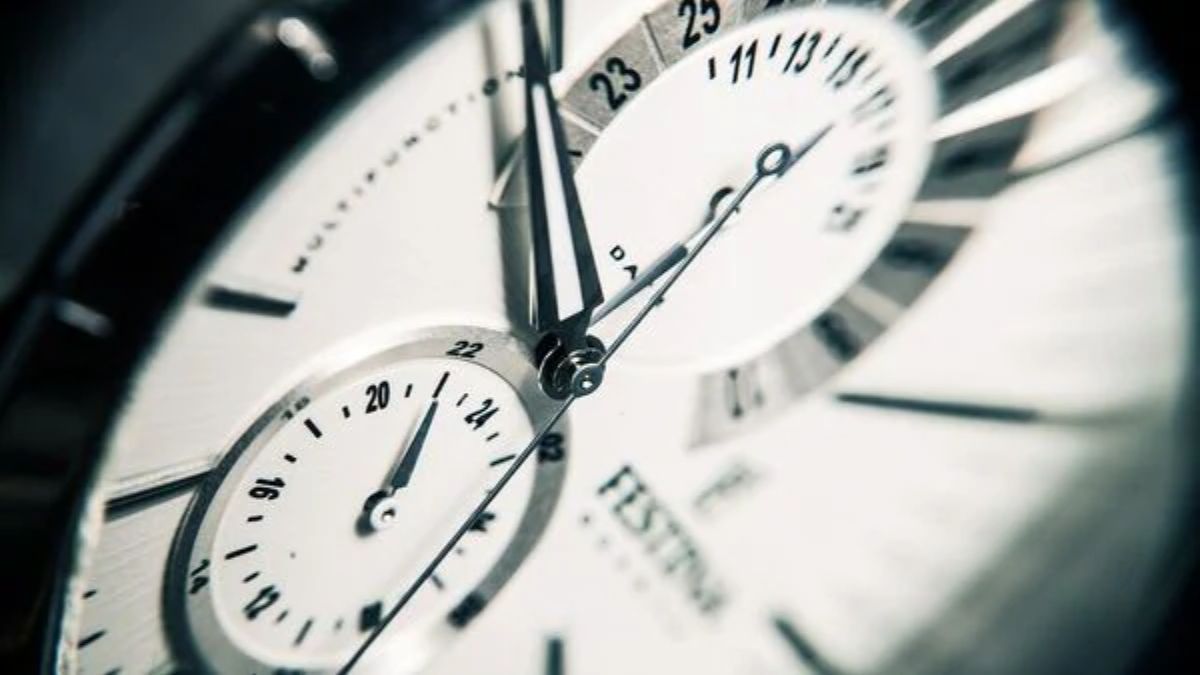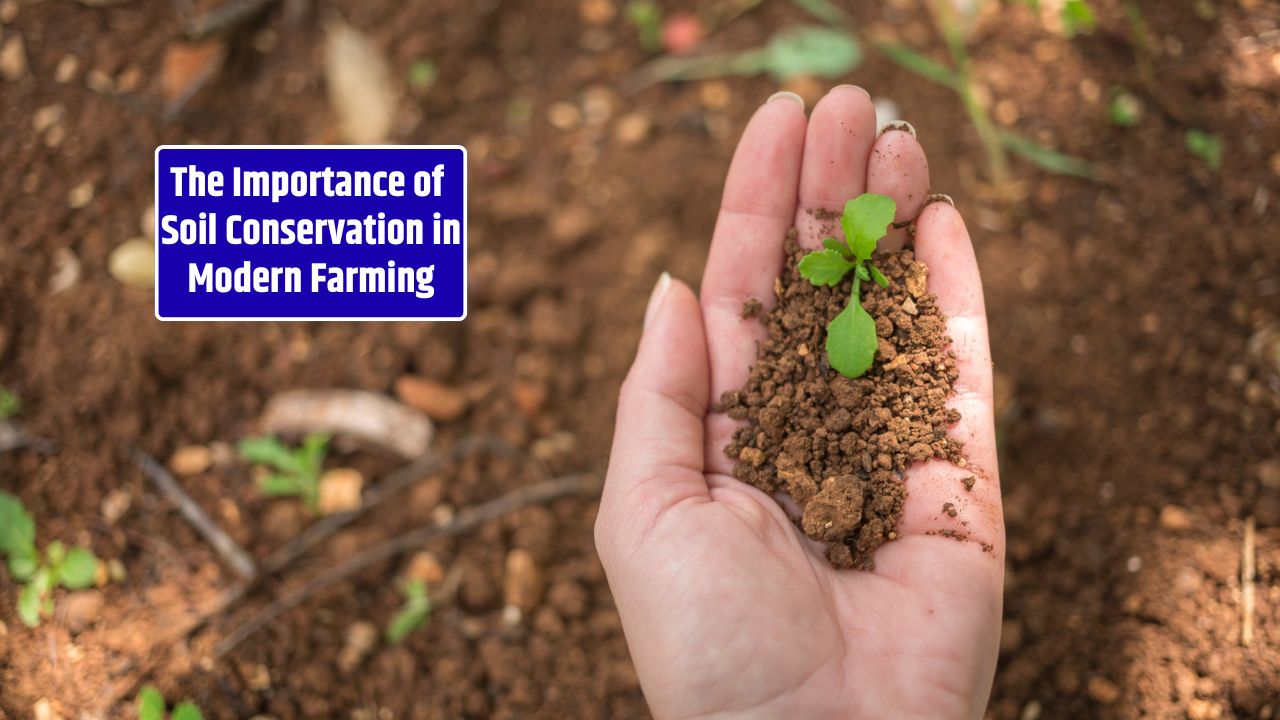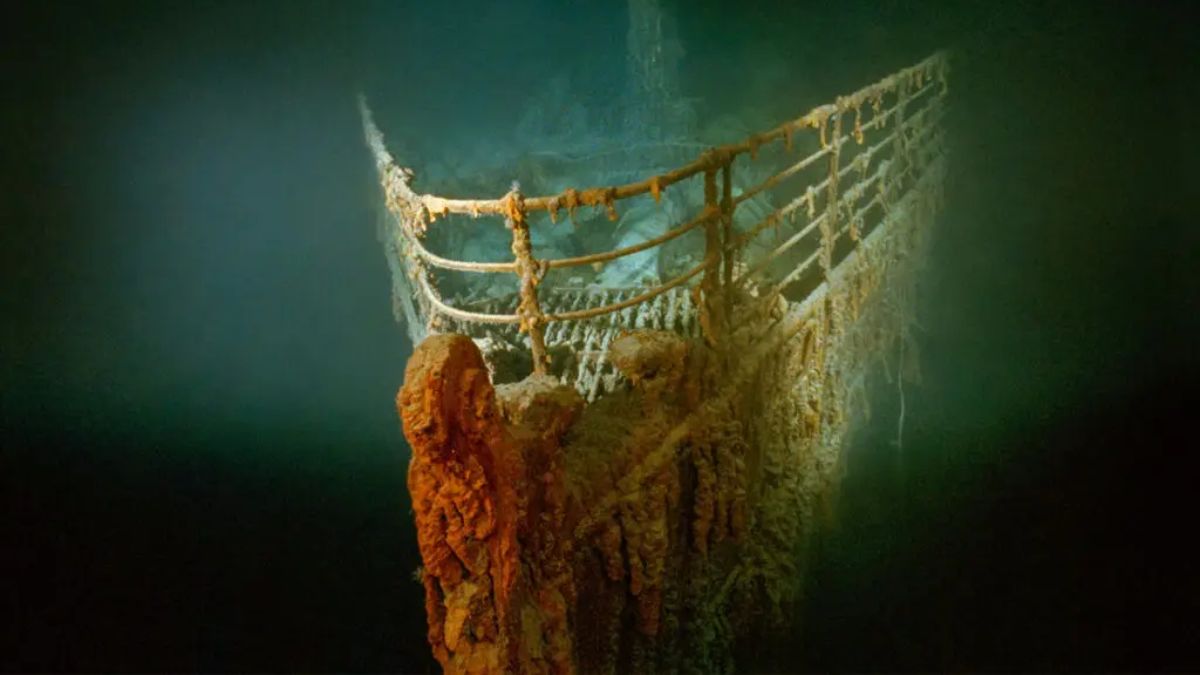You can tell a lot about a place by its roads—and in Confresa, Mato Grosso, those roads tell a story of grit, ambition, and unfinished progress. Drive through town and you’ll see the contradictions in motion: brand-new trucks rolling over patched-up highways, fiber-optic cables glinting above dirt streets, and construction crews working under a relentless sun. Confresa is modernizing fast—but it’s still a long haul from the kind of infrastructure it needs to match its economic potential.
This small frontier city, tucked into Brazil’s agricultural heartland, is growing faster than its foundations. The land is rich, the people driven—but getting goods, people, and data in and out remains one of its biggest challenges.
The Road That Built the Frontier
To understand Confresa’s present, you need to start with the BR-158, the highway that gave it life. For decades, this north–south artery has been the lifeline of eastern Mato Grosso, linking Confresa to the rest of the state and to export routes heading toward Pará and Goiás.
But for much of its history, BR-158 has been more mud than asphalt. During the rainy season, sections would flood or turn to clay traps, halting transport for days. Trucks loaded with soybeans and cattle feed would line up for kilometers, engines idling in the tropical heat.
That’s changing—slowly. According to the Ministry of Infrastructure, paving and widening projects are underway across the BR-158 corridor. The goal: to make it a fully paved export highway by 2027. The MT-430 and MT-437 state roads, which connect Confresa to nearby municipalities and farms, are also seeing partial upgrades under the state’s Programa de Pavimentação Integrada.
For a region where agribusiness is king, these roads are more than concrete—they’re the veins of the economy.
| Road | Status (2024) | Importance |
|---|---|---|
| BR-158 | Partially paved; ongoing upgrades | Main link to Pará and Goiás export routes |
| MT-430 | Mostly paved; local access route | Connects farms and logistics hubs |
| MT-437 | Under development | Expands access to rural settlements |
| Urban roads | Paving projects ongoing | Improves city traffic and sanitation |
Logistics and the Price of Distance
Confresa’s biggest economic handicap is geography. It’s 1,200 kilometers from Cuiabá, the state capital, and even farther from Brazil’s major ports. That distance makes every ton of soy, corn, or cattle feed more expensive to move.
Local agribusiness owners have adapted—pooling resources through cooperatives like Coopernorte to improve transport efficiency and storage. The construction of new grain silos and logistics terminals near the MT-430 corridor is already reducing costs by keeping processing closer to production.
But until a major freight rail connection materializes, the region’s growth will always be tied to the reliability of its roads. The much-anticipated Ferrovia de Integração do Centro-Oeste (FICO), which could one day connect Confresa’s hinterland to Brazil’s port system, remains on the wish list—no confirmed timeline yet, but plenty of local anticipation.
Connectivity: From Isolation to Inclusion
If Confresa’s physical roads are still catching up, its digital ones are moving faster. Over the past five years, internet access has gone from patchy to pervasive.
Thanks to state initiatives like MT Digital Rural and partnerships with private telecoms such as Claro and Vivo, fiber-optic coverage now reaches most urban neighborhoods and even some rural areas. Farmers use mobile apps to monitor crops, students attend online classes through the Instituto Federal de Mato Grosso (IFMT), and local businesses use WhatsApp and online marketplaces to sell directly to buyers in Goiânia or São Paulo.
Still, gaps persist. Rural zones on the fringes of the Araguaia basin often depend on weak mobile signals or satellite connections. For small farmers, that can mean being locked out of digital banking or market platforms—a subtle but serious barrier to economic inclusion.
The next phase, according to the Mato Grosso State Government, is to expand 5G coverage and strengthen rural internet infrastructure under new public–private partnerships expected to roll out between 2025 and 2027.
Urban Infrastructure: The Growing Pains of a Frontier City
Inside the city, Confresa’s growth has been nothing short of explosive. Between 2010 and 2024, its population nearly doubled, and with it came the pressure on streets, sanitation, and public services.
The Avenida Central—the town’s main artery—has been repaved, lined with small businesses, and fitted with LED streetlights. But step into the side streets, and you’ll find uneven pavement, open drains, and the red dust that defines so many frontier towns.
City hall has launched a series of urban improvement programs focusing on drainage systems, school expansions, and healthcare units. The Municipal Sanitation Plan, co-funded by the state and federal governments, aims to provide universal sewage treatment by 2030—a major leap in a town where many households still rely on septic pits.
Confresa’s mayor has made infrastructure investment the centerpiece of the next budget cycle, arguing that better roads and sanitation are essential to attracting outside investors and improving quality of life.
The Power Puzzle: Energy and Sustainability
Confresa’s electrical grid is expanding in lockstep with its agribusiness sector. Energisa Mato Grosso, the regional utility, has installed new substations and extended power lines to meet rising demand from farms and processing plants.
There’s growing local interest in solar energy, too. With over 300 sunny days a year, the region is well-suited for distributed generation projects. A handful of cooperatives are experimenting with community solar farms, supported by Brazil’s ANEEL (National Electric Energy Agency) incentive programs.
Sustainability is starting to enter the conversation—not just as environmental duty but as economic strategy. Energy independence and renewable projects could lower costs for farms and strengthen Confresa’s appeal to ESG-conscious investors.
Challenges Ahead: Balancing Speed and Sustainability
The story of Confresa’s infrastructure boom is one of momentum, but also of imbalance. Development is racing ahead of planning. Urban sprawl risks outpacing sanitation systems; agricultural expansion threatens fragile river ecosystems; and while roads improve, environmental oversight often lags.
Local leaders walk a fine line—wanting to modernize fast enough to compete, but not so fast that they lose the natural and social balance that makes Confresa unique. The town’s next decade will likely define which side wins.
As one local teacher put it, “We built Confresa once with our hands. Now we have to rebuild it—with our minds.”
Infrastructure Snapshot
| Sector | Status | Key Projects |
|---|---|---|
| Roads | Expanding; partial paving | BR-158, MT-430 upgrades |
| Digital Connectivity | Rapid improvement | MT Digital Rural, fiber-optic rollout |
| Urban Development | In progress | Sanitation, drainage, LED lighting |
| Energy | Stable, growing demand | New substations, solar projects |
| Transport & Logistics | Developing | Silos, cooperatives, FICO rail proposal |
FAQs:
What are the biggest infrastructure projects in Confresa right now?
Paving the BR-158 and MT-430 highways, improving sanitation systems, and expanding digital connectivity.
How do poor roads affect local businesses?
They raise logistics costs, delay exports, and increase wear on vehicles—but improvements are reducing those losses.
Does Confresa have good internet and phone service?
Yes in town, fair in rural areas. Fiber internet is widely available in urban zones, but rural coverage still lags.

